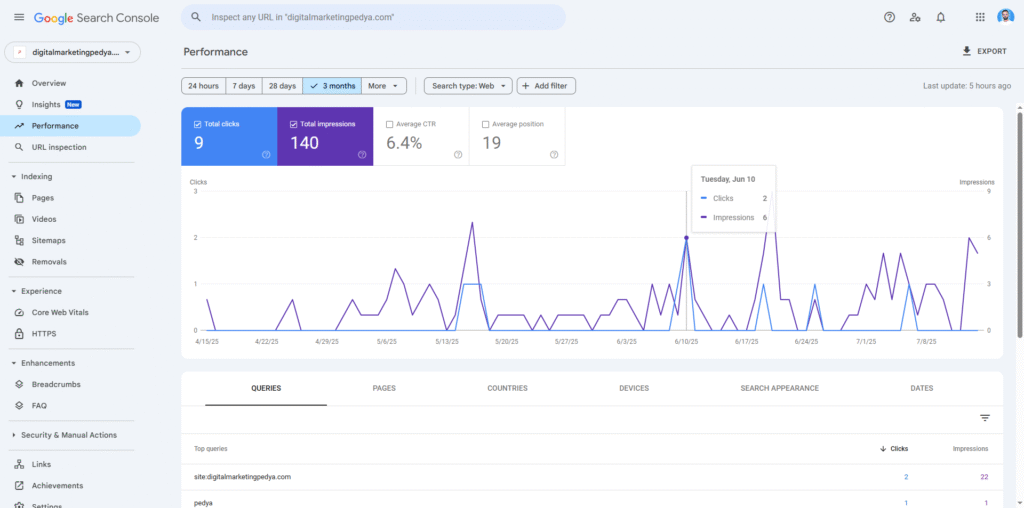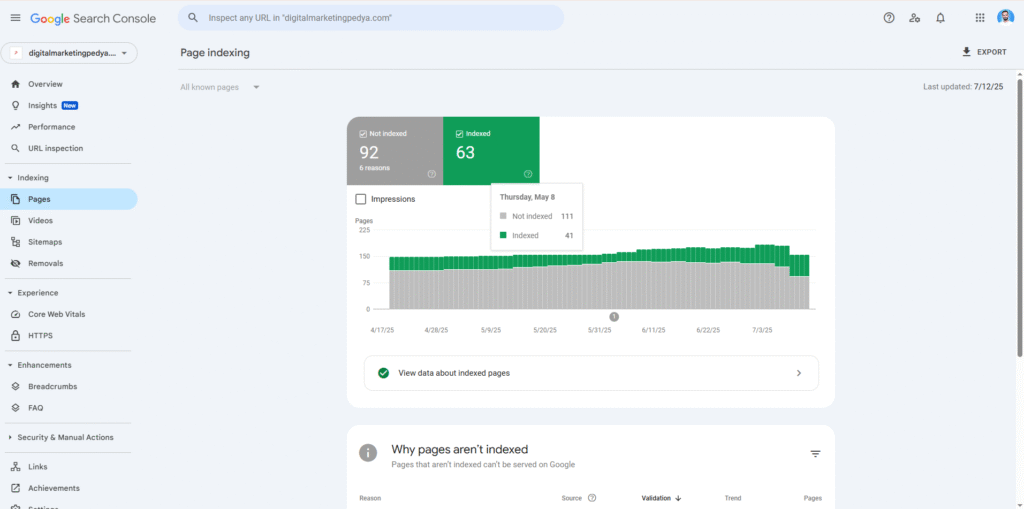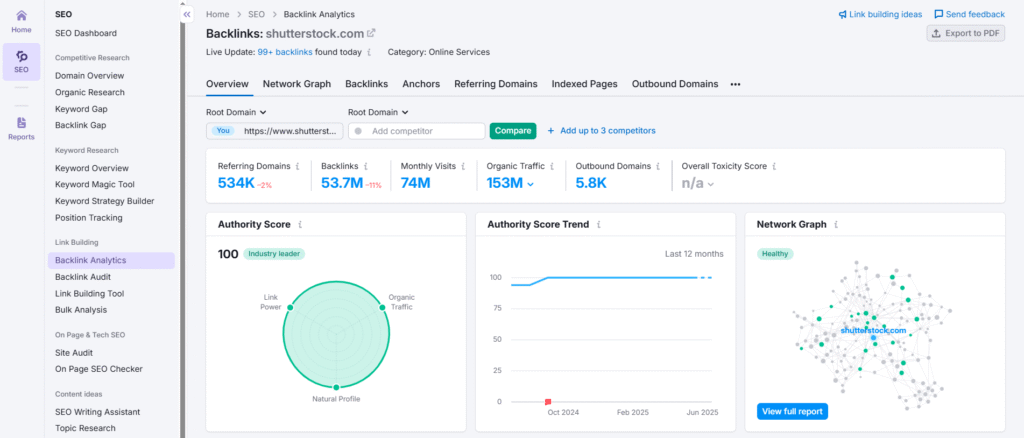If you’ve suddenly noticed a steep decline in your organic traffic, you’re not alone. Drops can happen fast — sometimes overnight — and the reasons can be confusing. Was it a Google update? A technical issue? Or has your content lost its edge?
This guide will walk you through a 7-step SEO audit and recovery process to help you diagnose the cause and rebuild your search visibility. Whether you’re an eCommerce store owner, digital marketer, or SEO manager, these proven steps will empower you to act strategically—not reactively.
Step 1: Confirm the Drop Is Real
Goal: Ensure the decline is genuine and not a data or tracking issue.
Use Google Analytics & Search Console
Compare session data in GA4 with Search Console’s impressions/clicks.
Use date comparisons (7-day, 30-day, YoY) to see if the drop is isolated or systemic.
Common False Alarms
Broken GA tags
Filtered internal traffic
Bot traffic spikes or drops

Step 2: Identify If a Google Update Hit You
Goal: Determine if algorithm changes are behind the traffic loss.
Check for Recent Google Updates
Use the Google Search Status Dashboard or Moz’s Algorithm History
Match the date of your traffic drop with recent updates (e.g., Helpful Content, Core, Spam)
Understand the Impact
Helpful Content Update? You may have thin, unhelpful content.
Spam Update? Review your backlinks and keyword practices.
Example: “After the March 2024 Core Update, one client lost
30% of traffic due to outdated content. After refreshing
key articles, rankings began to return within 3 weeks.”
Step 3: Check for Manual Penalties
Goal: Rule out any Google penalties that could restrict rankings.
Open GSC > Security & Manual Actions
Look for messages about unnatural links, spam, or thin content.
What If There’s No Penalty?
You’re likely dealing with algorithmic shifts. Move to Step 4.
External Link: Google’s Manual Action Guide
Step 4: Run a Technical SEO Audit
Goal: Find hidden crawlability or indexing issues hurting visibility.
What to Audit
Broken links, redirect loops, blocked resources
Mobile usability and Core Web Vitals
Robots.txt, XML sitemaps, Noindex tags
Schema markup issues (Product, FAQ, Breadcrumb)
Suggested Tools: Ahrefs Site Audit, Screaming Frog, Google
Search Console, PageSpeed Insights

Step 5: Audit Your Content for Relevance & Quality
Goal: Ensure your content matches search intent and adds unique value.
Identify Traffic-Dropping Pages
In GSC, go to “Pages” and compare impressions over 30–90 days.
Check for These Issues
Outdated statistics or facts
AI-paraphrased, thin, or generic content
Keyword cannibalization (multiple pages targeting same intent)
Solution
Refresh top pages
Use semantic SEO and NLP tools (like Surfer SEO, Frase)
Add original insights, examples, and expert commentary
Example: “A blog titled ‘Top Marketing Tips 2023’ saw
traffic drop post-2024 update. We updated it with 2025
trends,added expert quotes, and reclaimed #3 spot in
10 days.”
Step 6: Review Backlinks & Authority Signals
Goal: Ensure your site’s authority hasn’t been undermined.
What to Look For
Sudden backlink losses (Ahrefs > Lost Links report)
Toxic backlinks (disavow if needed)
Authority gap vs. competitors
What to Do
Reclaim lost links via outreach
Build links through original content, digital PR, HARO
Focus on quality > quantity

Step 7: Analyze UX Metrics & SERP Behavior
What to Analyze
Drop in CTR even if position holds (GSC > Performance > Pages)
Page speed, mobile experience, and layout
Shifts in SERP features (AI overviews, featured snippets, videos)
How to Fix It
Rewrite titles and meta descriptions for clarity and curiosity
Add FAQ schema, list-based intros for snippets
Improve visual UX and mobile friendliness
Tip: A 20% CTR boost = more traffic without needing higher
rankings.
Bonus Tip: Rebuild Strategically, Not Frantically
Goal: Create a prioritized recovery roadmap with timelines and tools.
Recovery Plan Includes:
List of impacted pages
Assigned fix owners
Recovery KPIs (e.g., regain 80% traffic in 90 days)
CTA: Download your Free SEO Traffic Recovery Checklist (PDF)
Conclusion
An organic traffic drop isn’t the end of the world—but it’s a wake-up call. With the right SEO audit process, you can not only diagnose the problem but also come back stronger. Use this 7-step framework as your recovery playbook—and remember, SEO is a long game won by clarity, consistency, and quality.
Try This Next:
Explore our [SEO for eCommerce guide] and [Customer Retention Strategies for 2025] to future-proof your growth.
FAQs: Why Did My Organic Traffic Drop?
It could be due to algorithm updates, technical issues, manual penalties, or declining content quality. This guide helps you find out which.
Depending on the cause, recovery can take days (technical fix) to months (algorithm recovery).
Yes. AI Overviews may reduce click-through rates for some informational queries—especially if your content is not structured well.
Ahrefs, Google Search Console, GA4, Screaming Frog, Sitebulb, and PageSpeed Insights.